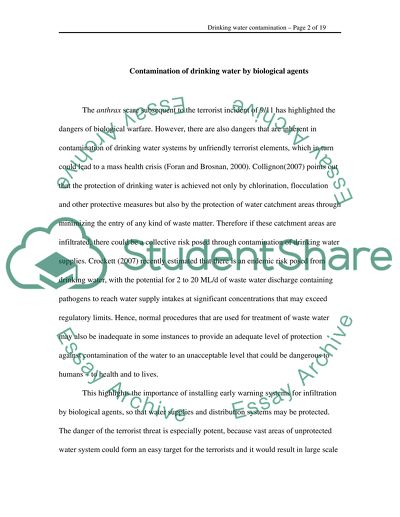Cite this document
(Terrorism and Security Issues Facing the Water Infrastructure Sector Case Study, n.d.)
Terrorism and Security Issues Facing the Water Infrastructure Sector Case Study. Retrieved from https://studentshare.org/environmental-studies/1541741-early-warning-system-water
Terrorism and Security Issues Facing the Water Infrastructure Sector Case Study. Retrieved from https://studentshare.org/environmental-studies/1541741-early-warning-system-water
(Terrorism and Security Issues Facing the Water Infrastructure Sector Case Study)
Terrorism and Security Issues Facing the Water Infrastructure Sector Case Study. https://studentshare.org/environmental-studies/1541741-early-warning-system-water.
Terrorism and Security Issues Facing the Water Infrastructure Sector Case Study. https://studentshare.org/environmental-studies/1541741-early-warning-system-water.
“Terrorism and Security Issues Facing the Water Infrastructure Sector Case Study”. https://studentshare.org/environmental-studies/1541741-early-warning-system-water.


